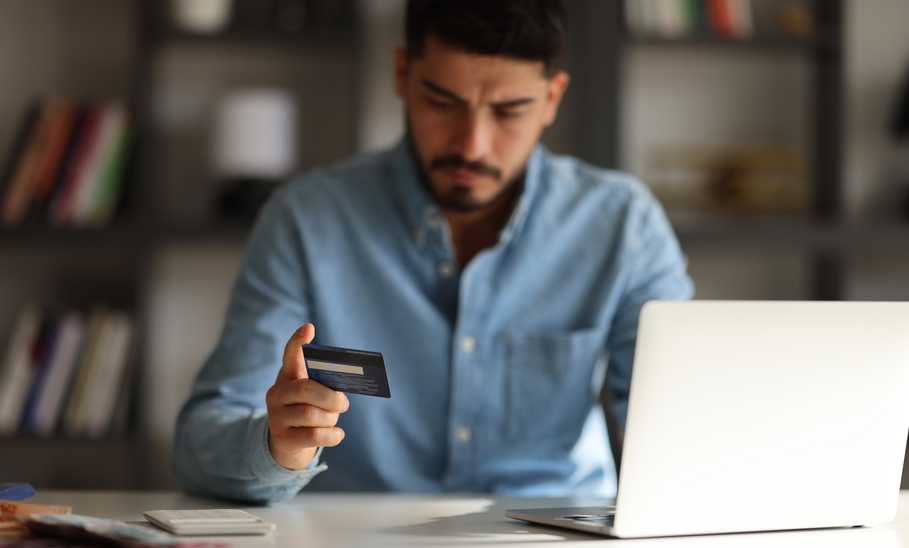Can I Buy a Money Order With a Credit Card

Our evaluations and opinions are not influenced by our advertising relationships, but we may earn a commission from our partners’ links. This content is created by TIME Stamped, under TIME’s direction and produced in accordance with TIME’s editorial guidelines and overseen by TIME’s editorial staff. Learn more about it.
A money order is a safer way to send money than using plain old cash. While there are other forms of payment, some occasions still call for a money order, such as if you were to make a large purchase and the seller doesn’t want to accept a personal check.
Many retailers and financial institutions offer low fees to buy a money order. However, not all will allow you to pay for one with a credit card directly. There are workarounds, but the hassle and fee may not be worth it.
Using a credit card to purchase a money order is theoretically possible, but it may not be the best choice. Major vendors will only allow you to buy a money order with cash or debit cards. If you do find a vendor that accepts credit cards, it may process your payment as a cash advance on your card, which can be expensive.
This is because cash advance transactions usually come with large fees and high interest rates. Additionally, many credit card issuers don’t give you a grace period on paying interest. They start charging it as soon as the transaction goes through.
It’s likely that none of the money order providers near you will allow you to use a credit card. In this case the only way to use your credit card to buy a money order would be to withdraw cash from the card at an ATM. Other options will almost certainly cost less.
Aside from the fee charged by the bank or money order retailer, you will most likely need to pay the following two charges from your credit card issuer:
If you decide you don’t want to use your credit card to purchase a money order, you have several other options.
Using cash is a popular choice, as almost all retailers will accept this form of payment for a money order. You’ll need the exact amount for your money order plus the fee the retailer or bank charges.
Debit cards may be a more convenient option than cash, as you won’t need to head to the ATM or bank for a withdrawal. Some retailers may charge an extra fee to use a debit card, but most don’t.
Many banks will allow you to purchase a money order by withdrawing funds from your checking account. They’ll take the money order amount plus a fee. The downside of this payment method is that banks tend to charge more than retailers to buy money orders.
We were unable to find any well-known vendor that will let you pay for a money order directly with a credit card, whether it be Moneygram, Walmart, the U.S. Postal Service, a bank, or someone else. Western Union and 7-Eleven used to accept them, but they don’t any longer.
A money order is a safe and convenient alternative to cash when making a large payment or sending money through the mail to a vendor who won’t take a check. However, buying one with a credit card is very hard to do and usually not worthwhile. Major vendors won’t let you pay with a credit card directly, meaning that if this is your only payment option, you’ll have to get a cash advance at an ATM, which can be costly. If you do find a vendor that will take your card, it will probably charge high fees for the privilege. It’s better to use your debit card or cash from your savings account to pay for a money order.
No, you can't. Walmart only accepts cash or debit cards to pay for money orders.
In most cases the answer is no. Retailers generally won’t accept store gift cards for this purpose, though they may accept reloadable cards with PIN numbers.
Purchasing a money order can cost anywhere from $1 to $5 depending on where you purchase it and how much money you want on it.
The information presented here is created by TIME Stamped and overseen by TIME editorial staff. To learn more, see our About Us page.



